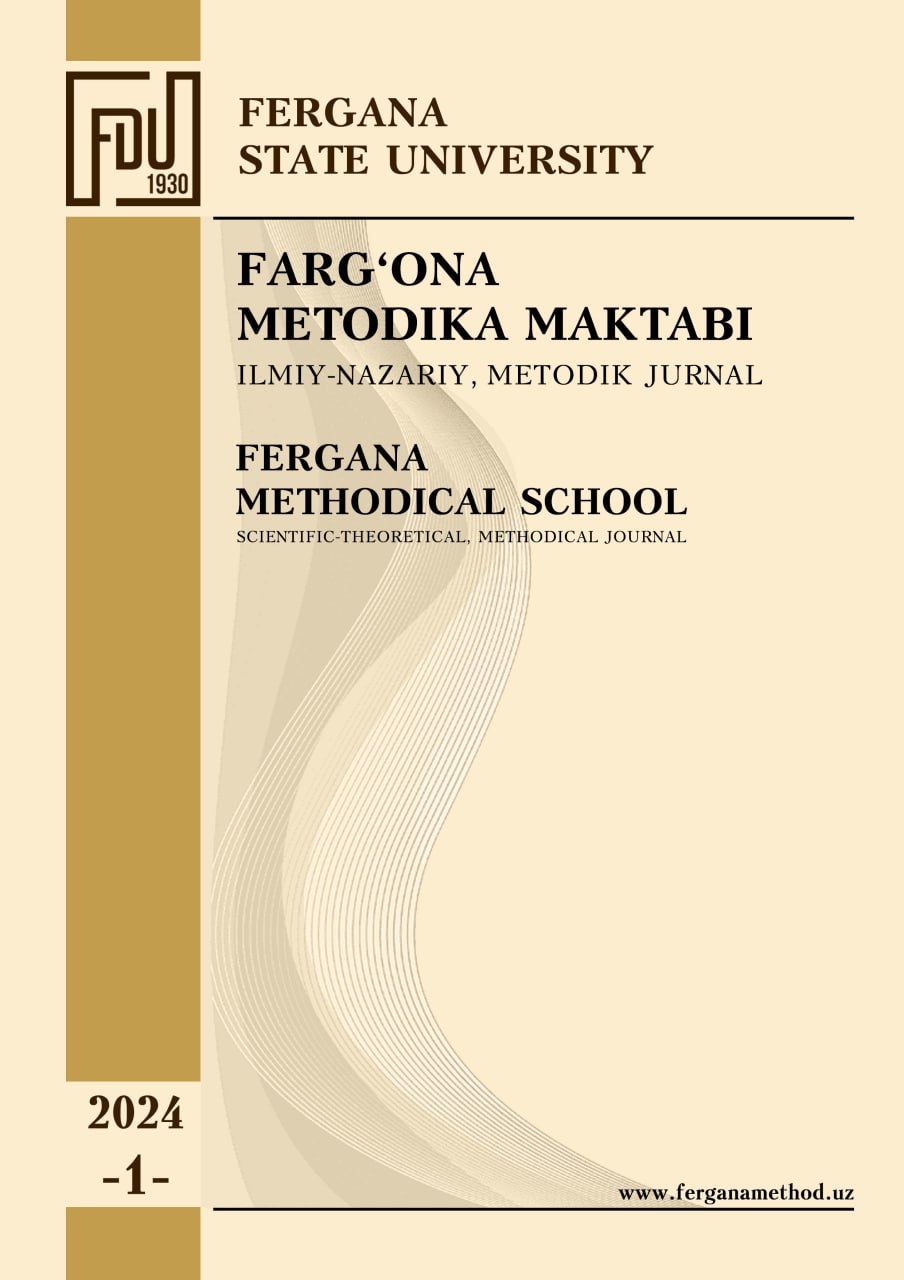VARIATIONIST SOCIOLINGUISTICS IN THE DIGITAL AGE: CHALLENGES OF ANALYZING ONLINE COMMUNICATION
Main Article Content
Abstract
This article explores the challenges and opportunities of applying variationist sociolinguistics to the analysis of online communication in the digital age. It examines how traditional methods of sociolinguistic analysis are being adapted to study the unique linguistic features of digital platforms. The article discusses issues such as data collection, the fluidity of online identities, and the impact of rapidly evolving digital languages on linguistic variation. By analyzing these challenges, the study provides insights into the future directions of sociolinguistic research in the context of digital communication.
Article Details
References
Androutsopoulos, J. (2014). Mediatization and sociolinguistic change. In J. Androutsopoulos (Ed.), Mediatization and sociolinguistic change (pp. 3-48). Berlin: De Gruyter.
Crystal, D. (2006). Language and the Internet. Cambridge: Cambridge University Press.
Eisenstein, J. (2013). What to do about bad language on the internet. Proceedings of the North American Chapter of the Association for Computational Linguistics: Human Language Technologies, 359-369.
Herring, S. C. (2010). Computer-mediated conversation: Introduction and overview. In Pragmatics of Computer-Mediated Communication, 3-46. Berlin: De Gruyter Mouton.
Labov, W. (1972). Sociolinguistic patterns. Philadelphia: University of Pennsylvania Press.
Paolillo, J. C. (2017). Online variation in language: A sociolinguistic perspective. In The Routledge Handbook of Language and Digital Communication, Routledge.
Tagliamonte, S. A. (2016). Teen talk: The language of adolescents. Cambridge: Cambridge University Press.

